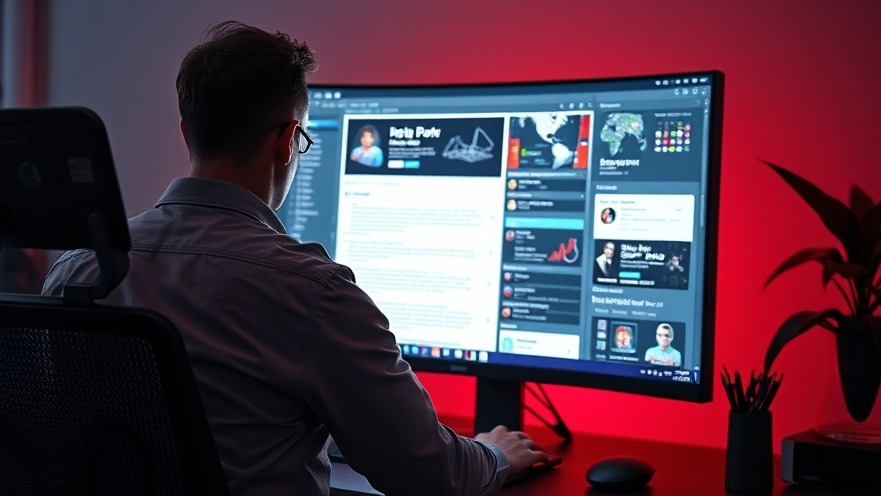
The Transformation of Designer Portfolio in 2025
Once regarded as sacred and vital, designer portfolios have dramatically shifted in importance. In 2025, the landscape has transformed so much that traditional portfolios can no longer stand alone; they're simply not the first cornerstone on which design careers are built. It's as if these precious compilations of style and creativity now carry an outdated label, especially within an era increasingly dominated by AI.
Why Portfolios Are Losing Ground
Why has the trusty portfolio began to lose steam? Several game-changers contribute to this unprecedented shift. The introduction of Applicant Tracking Systems (ATS) means that many candidates never reach the portfolio stage because their value is calculated based on algorithms sifting through raw data. Employers want to quickly filter candidates that fit pre-determined criteria rather than diving into lengthy case studies which provide deeper context for a designer's work.
As organizations increasingly utilize AI to streamline recruitment processes, the consequences are stark: a designer’s nuanced creativity gets diluted, reduced to simple bullet points. This raises the alarming potential for talented individuals to be overlooked based on the automated processes that prioritize speed and efficiency over quality and distinctiveness.
The Rise of the Network as a Portfolio
As the traditional portfolio sails into the sunset, your network emerges as your new showcase. Modern hiring managers prefer designers who make their presence known in industry-related discussions, especially among platforms frequented by like-minded creators. In place of solitary portfolios, your contributions across platforms like LinkedIn and community forums have taken center stage.
Imagine a world where hiring decisions are made based on the richness of your engagement in community panels, creative workshops, and discussions. A thoughtful LinkedIn post could convey not just your design thinking but ultimately, become your calling card. The digital stories you weave—through tweets, posts, and community engagements—are becoming the modern equivalent of the designer's portfolio.
Thriving in an AI-Driven Design Landscape
As AI continues to influence the industry, the real challenge becomes forging individuality in a homogenized market where standards are based on algorithmic preferences. To stand out in a sea of sameness, designers must prioritize innovation alongside communication. Make it a point to share your craft beyond mere visuals—engagement fuels visibility and opens doors that a tailored portfolio can no longer reach.
Conclusion: Take Action To Adapt
For franchisors looking to optimize their team's potential in this shifting landscape, fostering a culture that values networking, collaborative discussions, and visibility is key. Support your designers in becoming active contributors in community spaces; encourage participation in events and forums where they can highlight their expertise. Adaptation in this new era is crucial; the portfolios of the past won't usher talents into a bright future.
In this modern environment, your franchise's effectiveness can largely depend on how well your design team embraces these changes. As they build their presence and showcase their abilities through engagement rather than traditional portfolios, they will likely accelerate their career opportunities, ultimately benefiting the franchise as a whole.
 Add Row
Add Row  Add
Add 




Write A Comment